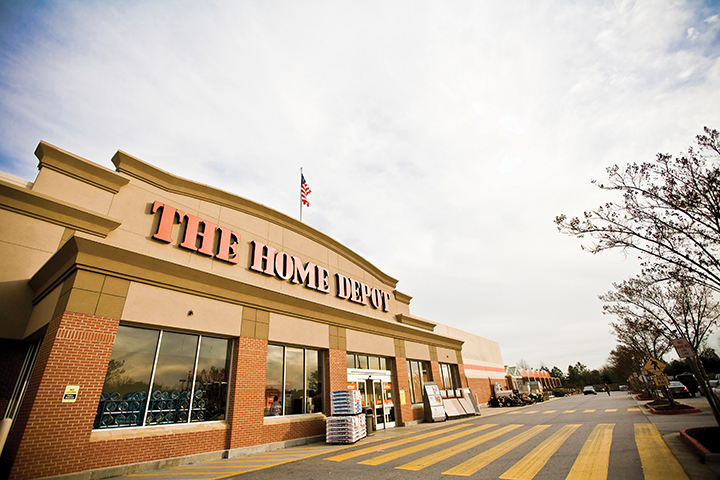3 Reliable Sources of Information in an Age of Media Bias
The truth about the markets is still out there if you know where to look. Sadly, one of the most significant trends of 2020 will likely fall by the wayside for most people. It will not be discussed on the evening news, and it will not be the subject of dinner-table conversations in the average home. However, this trend has the potential to be devastating for real estate investors and
Read More












